Guest post by Edward Goldring and Austin S. Matthews
Dictators frequently purge their elites, removing them from positions of power and sometimes punishing them with exile, incarceration, or even execution. Kim Jong Un executed his uncle Jang Song Thaek in 2013, Xi Jinping imprisoned the former Party Secretary of Chongqing, Bo Xilai, in the same year, and King Salman dismissed his former crown prince Muhammed bin Nayef from all official positions in 2017. Long-ruling dictators like Joseph Stalin of the Soviet Union and Saddam Hussein of Iraq were also frequent practitioners of this type of political violence.
Purges might seem like an old-fashioned tool, outdated for modern regimes who engage in Internet surveillance, the development of hypersonic missiles, and cybercrime. But they remain a prevalent and insidious tool for maintaining dictatorial power. Despite their infamy, however, observers have little evidence to fall back on to understand why dictators purge their elites in specific ways, and what this means for autocratic regimes.
Why do dictators purge specific elites in certain ways? We explored this question in a recent paper, analyzing why dictators dismiss, exile, imprison, or execute specific elites, focusing their violent power against supposed “friends” who help them govern. Using new data on elites in dictatorships and their fates, we found that dictators are more likely to imprison dangerous elites, especially at the expense of having them executed. Why?
Imprisonment is a comparatively safer bet for dictators who want to minimize the threat posed by a dangerous elite, even after they have been removed from their powerful positions. Executing a threatening elite can put the dictator in further danger by potentially encouraging remaining elites to organize against them. Executions signal to surviving elites that no one is safe from the dictator’s violence, which explains why leaders who execute challengers often experience coups d’état or assassination attempts, which aim to remove the dictator from power before he can launch further lethal purges.
On the other hand, sending a dangerous elite to jail is less likely to provoke retaliatory violence from others within the regime. Imprisoning an elite also prevents the deposed elite from plotting revenge against the dictator; simply demoting them or exiling them may not have this benefit.
Events in North Korea, like the execution of Kim Jong Un’s uncle Jang Song Thaek, might capture readers’ attention with their brutality and notoriety. But these types of purges are not typically the way dictators remove elites. Using original data on elites from 16 dictatorships between 1922 and 2020, we found that imprisonment was the most common way that dictators tend to purge elites. Imprisonment is also a punishment that dictators often resort to when dealing with especially dangerous purged elites.
The manner that Xi Jinping has managed elites is far more typical of how dictators tend to deal with rivals. Xi imprisoned not just Bo Xilai, but several other high-profile elites as well. This included Zhou Yongkang, former Politburo Standing Committee member and Secretary of the Central Political and Legal Affairs Commission, and General Xu Caihou, former Vice Chairman of the Central Military Commission (although Xu died of cancer as he was undergoing legal proceedings).
In Saudi Arabia, Muhammad bin Nayef (former Crown Prince and First Deputy Prime Minister) represented the biggest threat to Mohammad bin Salman’s succession to the Saudi throne. He was arrested in March 2020 and charged with treason. This act cleared the path for bin Salman’s undisputed role as his father’s successor, but was done in a way that avoided provoking other family members into retaliatory action against the crown prince. Of course, the Saudi regime may decide to have bin Nayef executed in future, but such a move would send shockwaves throughout the House of Saud and risk destabilizing bin Salman’s eventual succession.
With authoritarianism on the rise around the globe, studying autocratic politics and their often-shadowy interpersonal dynamics, is more important than ever. Our research suggests three important implications for policy and scholarship.
First, not all purges in dictatorships have the same outcomes. Dictators purge elites strategically, but not uniformly. Those who escape incarceration may return to plague the leader; observers of dictatorships should monitor these fallen figures.
Second, the occurrence of purges should signal to country-watchers that major reorganizations of the regime are in process. Purges may also suggest that heightened conflict is in store, especially if they turn deadly.
Third, dictatorships are not exclusively ruled by a single dictator; they are ruled by constellations of elites with varying—and sometimes competing—interests. The purge of elites advocating certain measures, like economic liberalization, can inform expectations of these developments in the future, supposing their “champions” have been removed from the halls of power.
Edward Goldring is a lecturer (assistant professor) at the University of York. Austin S. Matthews is a research scientist at the University of Denver.

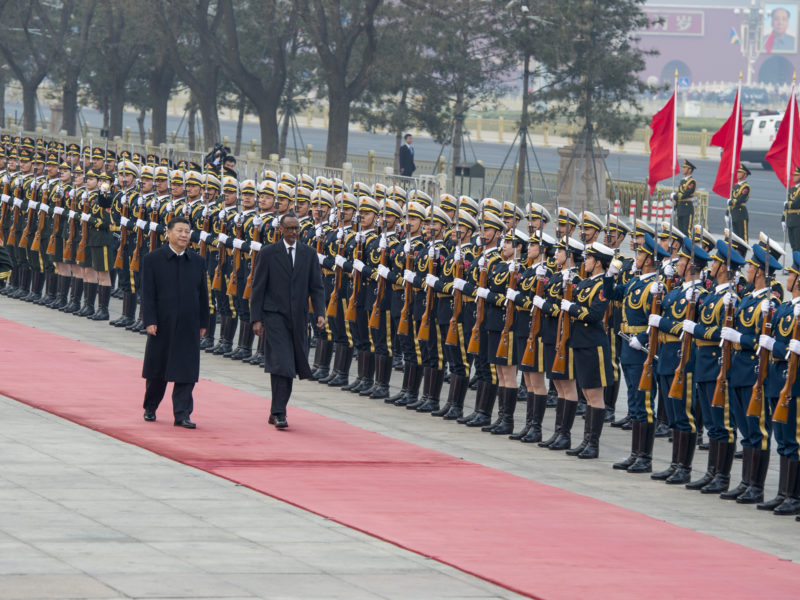
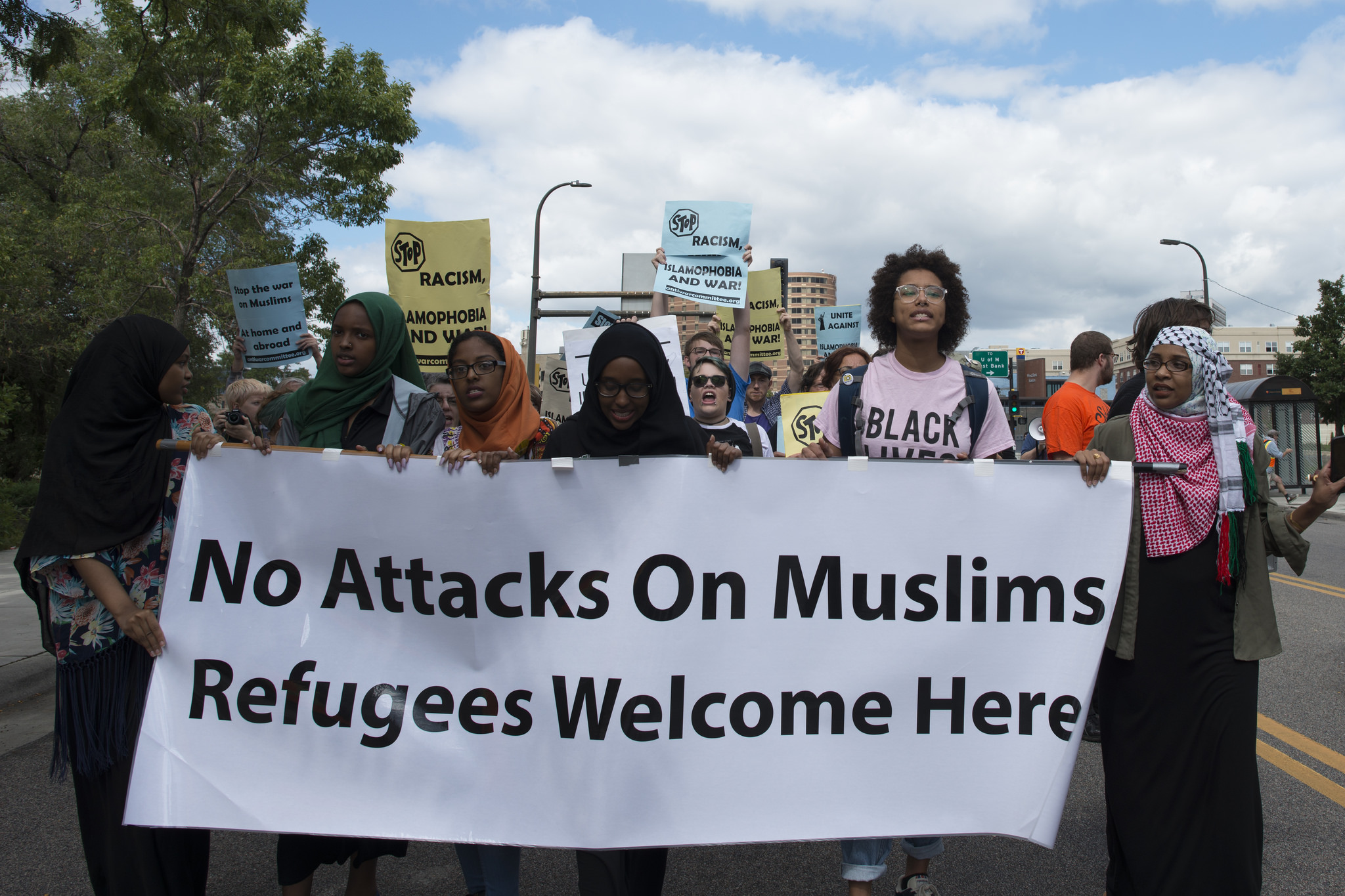
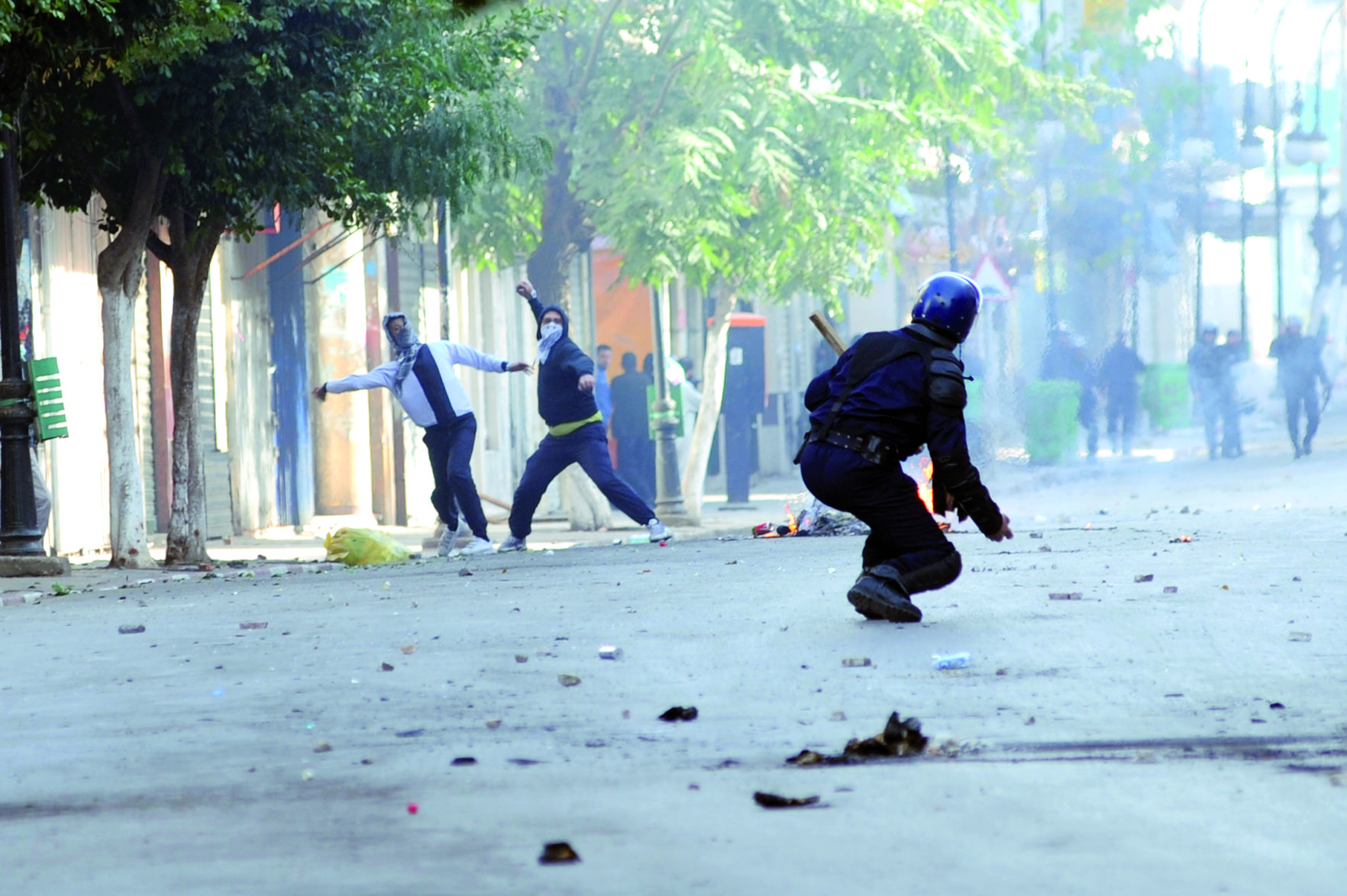

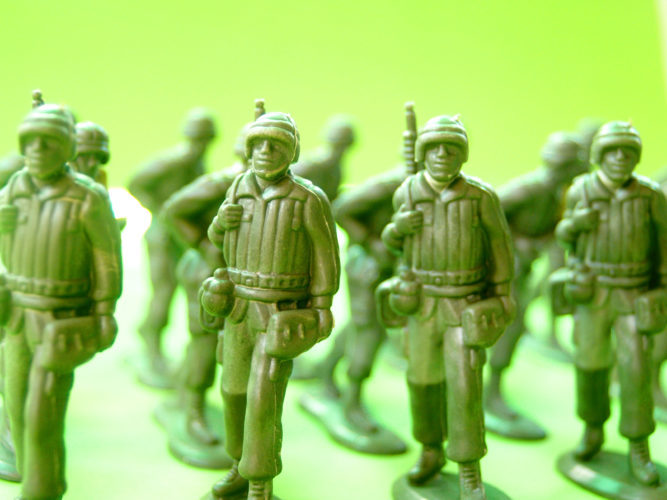
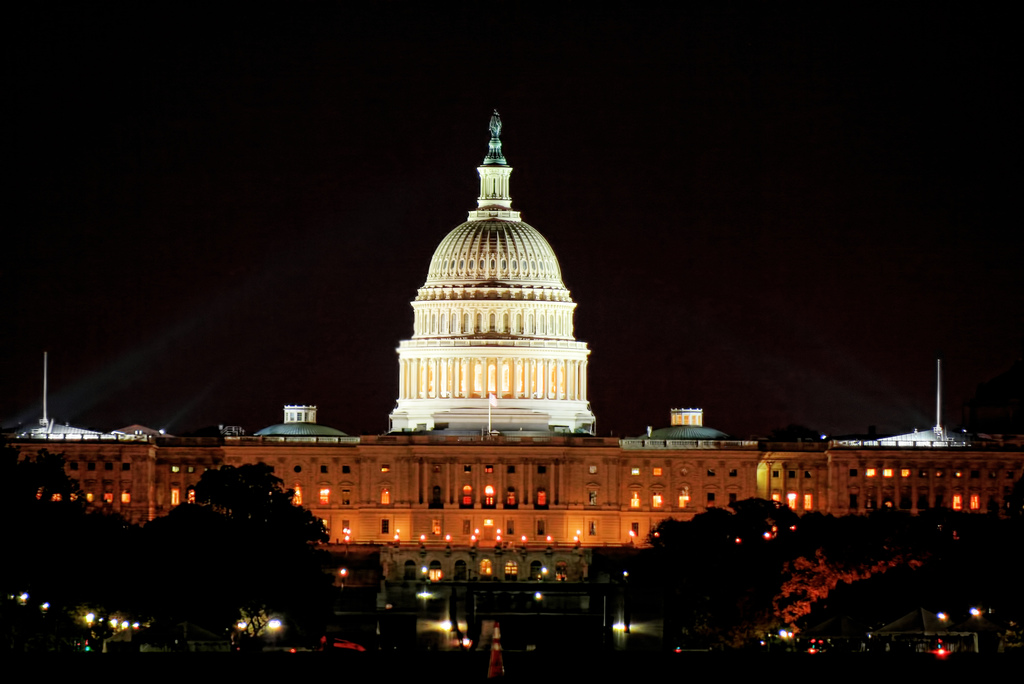
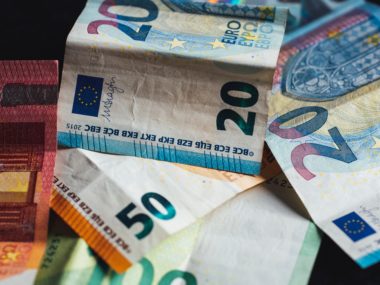
1 comment
One natural question that have is: why would imprisoning elites make them less to conspire against an existing sovereign than if the sovereign were to execute the opposing elites? Maybe a sovereign is worried that executions are more likely to create martyrs that could challenge their hegemony? Also, I wonder if a sovereign’s time in power changes their ruling tactics? For example, after a ruling sovereign consolidates their power, are they more or less likely to use incarceration against ostensible opposition elites?